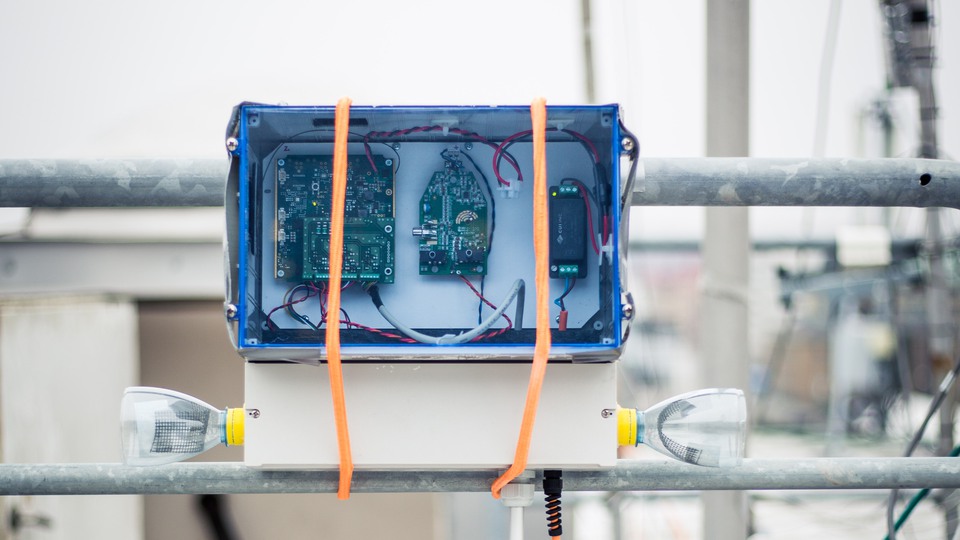
Spread calculations and modelling
Dispersion calculations and air quality modelling are useful tools for determining how emissions affect air pollution levels and precipitation of various substances. IVL has extensive operations in these areas.
IVL performs dispersion calculations and modeling of atmospheric chemical processes. The model tools we use are flexible and give us the opportunity to model meteorology with high resolution, chemical processes in the atmosphere and in flue gas plumes as well as dry and wet deposition.
We offer a range of services in air quality modeling for individual street spaces as well as complex urban environments and in rural areas. We work with a number of models, from advanced three-dimensional scattering models to empirical models.
The results are often included as a basis for permit tests. A major advantage of this type of dispersion model is the ability to simulate emission scenarios. Dispersion calculations are also very useful in studies of how ventilation and pollution levels are affected by urban densification. We also model for odor, dust and allergens.
